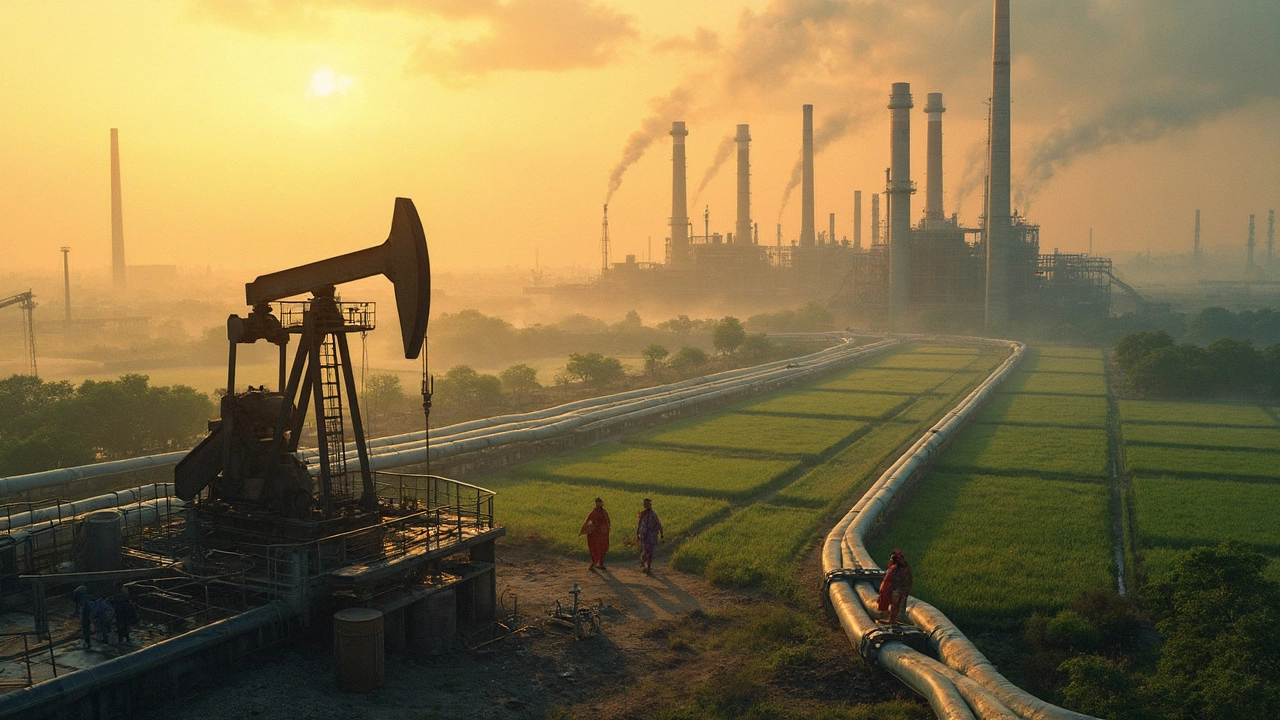Fossil Fuels in Manufacturing: Impact, Challenges, and the Shift to Cleaner Energy
When talking about fossil fuels, non‑renewable energy sources such as coal, oil, and natural gas that power most industrial activity. Also known as fossil energy, it fuels factories, transports raw materials, and heats processes. renewable energy, solar, wind, hydro and other clean sources that can replace fossil inputs offers a low‑carbon alternative, while carbon emissions, CO₂ released from burning fossil fuels drive climate risk. Manufacturers tackle the problem through energy efficiency, technologies and practices that cut fuel use per unit output. Understanding how these pieces fit together is key to navigating today’s industrial landscape.
Why the Energy Mix Matters for Industry
Fossil fuels fossil fuels are still the backbone of heavy‑duty processes – from steel melting to cement kilns – because they supply high heat at low cost. Yet that same reliance creates a feedback loop: more fuel burned equals higher carbon emissions, which lead to stricter regulations and rising carbon pricing. Companies that ignore this loop soon face higher operating costs and reputational hits. Renewable energy, on the other hand, can power electrified equipment, run heat pumps, or supply green hydrogen for processes that need high‑temperature heat. When factories add solar rooftops or sign power‑purchase agreements for wind, they cut the share of fossil fuels in their energy mix, which in turn lowers total emissions. Energy efficiency acts as a bridge between the two: by retrofitting furnaces, installing variable‑speed drives, or adopting advanced process controls, a plant can produce the same output with less fuel, directly reducing carbon output while keeping production volumes steady. Data from the Indian manufacturing sector shows that a 10% boost in efficiency can shave off roughly 1.5 Mt of CO₂ annually, highlighting the tangible payoff of smarter operations.
Policy and market signals also shape how quickly firms move away from fossil fuels. Government incentives for green hydrogen, carbon tax thresholds, and mandatory reporting standards push manufacturers to audit their fuel use and set clear reduction targets. In practice, many firms start with a three‑step roadmap: first, map current fuel consumption across all processes; second, identify quick‑win efficiency upgrades that pay back within 2–3 years; third, plan a phased transition to renewable power or low‑carbon fuels for the most energy‑intensive steps. The result is a more resilient supply chain, lower exposure to volatile oil prices, and a stronger brand in a market that increasingly values sustainability. Below you’ll find articles that dig into product ideas for low‑carbon startups, deep dives on plastic waste – a side effect of fossil‑based polymers – and case studies on how steel mills and chemical plants are retooling to stay competitive while cutting their carbon footprints. These resources will give you practical insights, real‑world numbers, and actionable steps you can use right now.
